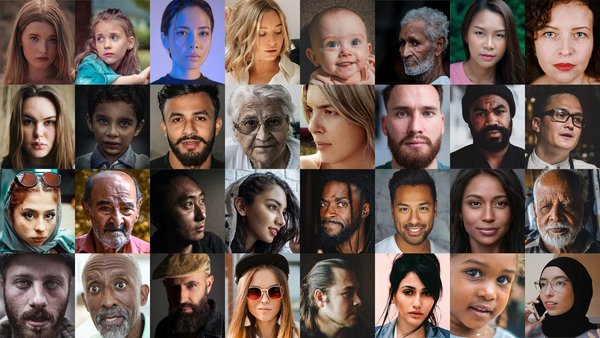The ignored giant /
Why is our industry failing to service one of the largest and most culturally relevant demographics going, asks BBH data strategist Ronan Patrick.

I want you to imagine that you are about to interview for a marketing grad scheme, you know, the ones where adland boasts about recruiting digitally pioneering, socially influencing, app-producing Gen Z-ers.
Imagine waltzing into that interview and proclaiming that Instagram and Snapchat are fads, or that you don’t care for music and movie trends.
You’d be laughed out the building before you could even reach your prepared speech on how brands can reach a global millennial audience with activist story-living.
Now, imagine if you had instead remarked that you knew diddly squat about gaming and had no interest whatsoever in learning more. It would be entirely acceptable.
Such is the irony of an industry that starts salivating at every mention of the words 'millennial' or 'Gen Z' whilst ignoring the fact that 70% of British 16- to 24-year-olds play video games.
An industry that purports to ‘follow the money’ whilst disregarding the stats showing gaming is bigger than the movie and music industries combined.
An industry that obsesses over cultural trends on Instagram, Twitter and Snapchat but couldn’t care less about gaming trends, even though gaming is more popular than all three social media platforms in the UK.

In Britain last year, more people typed ‘Fortnite’ into their Google browsers than ‘Trump’, ‘Brexit’, ‘Avengers’ or ‘Game of Thrones’. Gaming is not trending and it’s not the next big thing; it’s massive and has been so for the last decade.
There’s a wealth of creative opportunities in gaming. But brands have struggled to mine them, not least because the wrong approaches have been used.
For starters, gamers aren’t who you think they are. The ‘average’ British gamer isn’t a Reddit-reading, basement-bound boy but a 35-year-old mum playing Bubble Witch in the hour between putting her two kids to bed and Love Island.
Secondly, brands don’t have to create a game. The fad a few years back of creating branded web games flopped because why would anyone play them when Candy Crush exists.
You wouldn’t harness Game of Thrones’ popularity by creating a branded show featuring dragons, so why has that been the predominant approach to gaming?
The brands that have successfully tapped into gaming tend to be those that have treated the world of gaming as a media space for brilliant creative ideas.

Take Samsung as an example;
Last summer, the Galaxy skin was inserted into Fortnite. The only way to unlock the skin was to buy the S9. People went nuts. Samsung had to instruct staff how to chase gamers out of stores because they were trying to unlock the skin from the display phones.
They also sent the most popular gaming streamer a Fortnite loot box in real life. A simple-yet-brilliant creative idea that pulled in 9 million views for the Note 9 product launch.
At the end of the day, the role of a planner is to champion millennials… sorry, consumers.
The British consumer is spending more on games than movies and music, they’re out-gaming every other European nation, they’re spending hours in populated virtual spaces that brands can tap into. If we accept this as true, the question that follows is: where on earth are the brands?
(For all references to the data points in the article, see the BBH blog here.)
Patrick initially presented the content of this blog as a talk at the Contagious Summer Bootcamp event.
Want more of the same? /
We don’t just write about best-in-class campaigns, interviews and trends. Our Members also receive access to briefings, online training, webinars, live events and much more.







